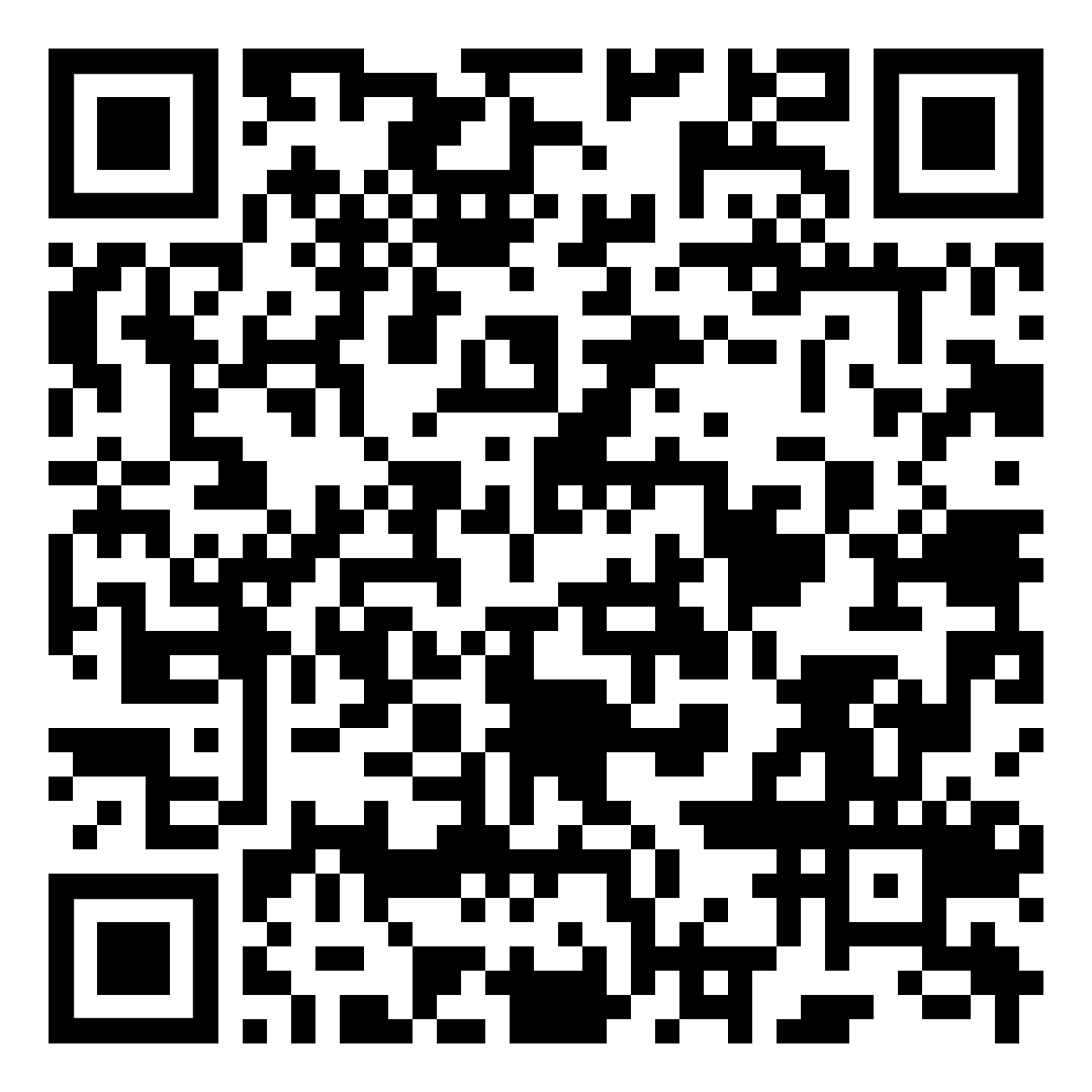
Prioritize your mental well-being daily. Enhance your life by nurturing your mental health with the Smart Meditation app. Break free from stress, alleviate anxiety, and enhance your sleep quality starting today.
How Much Xanax Should You Take To Help With A Bad Trip?
Unraveling the Maze: The Role of Xanax in Curbing a Bad Trip
Embarking on a psychedelic journey can sometimes veer off into less pleasant territories, leading individuals down a path they hadn’t intended to tread. In the quest for calm amidst the storm of a bad trip, many have pondered whether Xanax, a commonly prescribed benzodiazepine known for its anxiety-relieving properties, could be the anchor they need. But before you consider diving into your medicine cabinet, let’s navigate the complexities surrounding the use of Xanax for this purpose.
Understanding Xanax: A Brief Overview
Xanax, or alprazolam, operates by enhancing the effect of neurotransmitters in the brain known to produce a calming effect. It’s often the go-to for those suffering from anxiety disorders or panic attacks. However, its potent impact on the central nervous system also earns it a spot in discussions about mitigating the intensity of a bad psychedelic experience.
The Delicate Dance: Xanax and Psychedelics
It’s no secret that psychedelics and pharmaceuticals like Xanax move to the beat of a very different drum. Psychedelics aim to expand the mind, often leading to heightened sensory perception and emotional introspection, while Xanax works to dull the nerves, offering a blanket of tranquility over the chaos that anxiety unleashes. So, what happens when these two worlds collide?
-
Instant Relief? Maybe Not – While Xanax can act quickly, its ability to completely neutralize a bad trip isn’t a sure bet. Psychedelics latch onto serotonin receptors, and since Xanax operates on a totally different mechanism, it’s like trying to put out a forest fire with a water pistol.
-
Dosage Dilemmas – If one were to consider Xanax as a potential relief valve, the question of “how much?” becomes paramount. The answer? It varies wildly. Factors like individual tolerance, the strength and type of the psychedelic substance, and personal health history all play significant roles. Starting with a lower dose is generally advised, but frankly, this is a road best navigated under medical supervision.
-
A Double-Edged Sword – Using Xanax to combat a bad trip can be akin to walking a tightrope. On one hand, it might dull the sharp edges of a nightmarish experience. On the other, it introduces the risk of adverse reactions and potential dependency issues associated with benzodiazepines.
Toward Safer Shores: Alternatives and Precautions
Facing the tumultuous seas of a bad trip, one might consider alternatives to Xanax:
- Setting and Setting – Often, the environment and mental state before embarking on a psychedelic experience play critical roles in the journey’s direction. Ensuring a safe, comfortable, and supportive setting can mitigate the risk of a negative experience.
- Buddy System – Having a sober, trusted friend can provide the anchor you need without reaching for pharmaceuticals.
- Mindfulness and Breathing Techniques – Sometimes, the power to weather the storm lies within. Mindfulness and controlled breathing can be surprisingly effective shields against the onslaught of a bad trip.
Conclusion: Navigate With Care
In the swirling vortex of a bad trip, reaching for Xanax might seem like grabbing a life preserver. However, it’s crucial to remember the complexities and potential risks involved. Consulting with a healthcare professional before mixing substances of any kind is not just advisable—it’s essential. Whether through pharmaceutical means or natural methods, finding peace amidst the chaos is a journey in itself, one that demands awareness, caution, and care.




